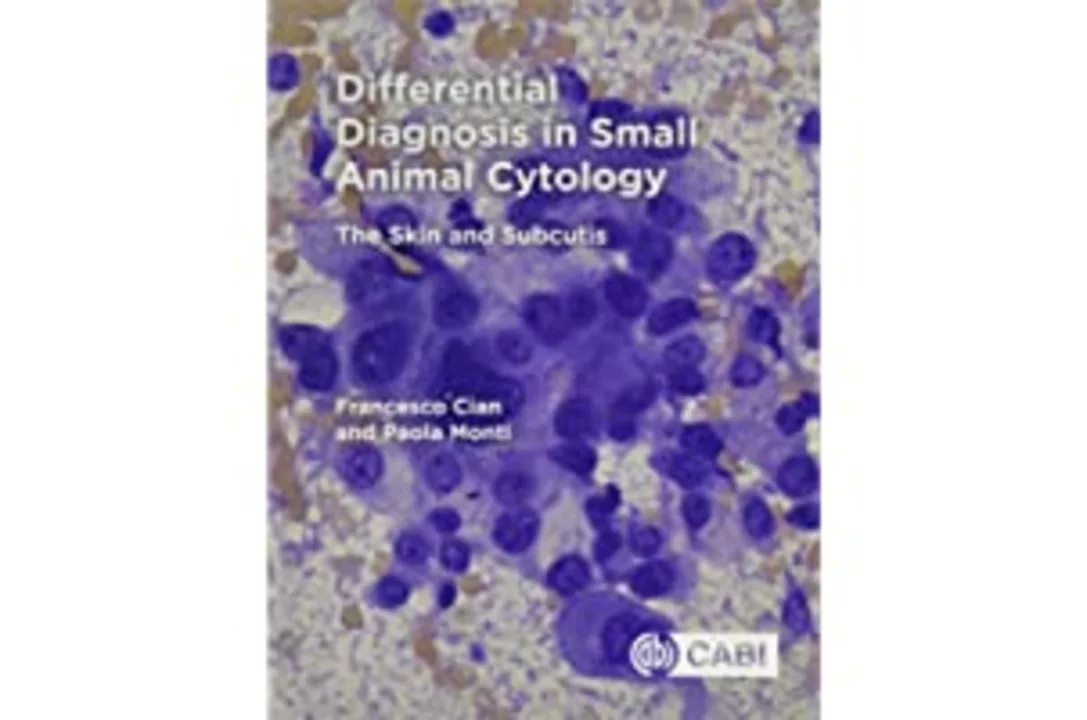In my latest blog post, I discussed how to differentiate between fungal skin discoloration and other skin conditions. We explored the common signs of fungal infections, such as itchy, scaly patches, and yellowish discoloration. I also highlighted the importance of consulting a dermatologist for proper diagnosis, as some skin conditions can mimic fungal infections. Additionally, I shared some tips on prevention and treatment of fungal skin infections. Make sure to read the full article to better understand and identify these conditions, ensuring proper care and treatment!
Differentiation: How to Compare Medications, Alternatives, and Pharmacies
Confused when two drugs sound similar or when a site promises cheap pills? Differentiation helps you cut through noise so you pick the safest and smartest option. This page gives clear, practical steps to compare medications, evaluate alternatives, and spot safe online pharmacies—no medical degree required.
Simple checklist to tell drugs apart
Start with the basics: active ingredient, dose, and intended use. For example, letrozole and tamoxifen both treat hormone-sensitive breast cancer but work differently—letrozole lowers estrogen production, tamoxifen blocks estrogen receptors. That difference matters for side effects and who should use them.
Next, check pharmacokinetics: how the drug is absorbed, cleared, and what organs handle it. Levetiracetam is mostly cleared by the kidneys, so dose adjustments matter in kidney disease—something you won’t guess from price or brand alone. If a drug needs special monitoring (blood tests, liver checks), that’s a big factor in choosing an alternative.
Look at evidence and real-world outcomes. Alternatives lists—like options for Quetiapine, Lasix, or Clomid—aren’t just random names. They’re chosen for how well they work for specific conditions and what side effects are most likely. Match those pros and cons to the person’s needs: fertility goals, heart failure fluid balance, or mental health stability.
How to choose an online pharmacy or buy meds safely
Buying drugs online is tempting, but safety matters. Check for a verified pharmacy domain, a clear contact page, and an obvious prescription requirement for Rx meds. Reviews and third-party pharmacy checkers help, but don’t rely on star ratings alone—look for verifiable policies on returns and privacy.
Price differences often hide trade-offs. Cheaper can mean overseas generics or longer shipping times. For antibiotics like Zithromax (azithromycin) or Ceftin, timing and authenticity matter more than a few dollars saved. If you need Esomeprazole or Misoprostol, verify legal rules in your country before ordering.
When comparing supplements (cup plant, calcium D-glucarate, chitosan, Red-Spur Valerian), check ingredient lists and third-party testing. Supplements aren’t regulated like drugs, so pick brands that publish lab tests and avoid multi-ingredient blends that mask dosage.
Practical tip: make a short pro/con table for each option—mechanism, key risks, monitoring needs, legal issues, and cost. That quick snapshot turns long articles into real decisions.
If you’re unsure, ask a clinician or pharmacist with specifics: condition, other meds, allergies, and kidney/liver status. A focused question gets you focused answers.
Use the articles on this tag to compare real examples—drug swaps, alternatives, and pharmacy guides—to see how these rules work in practice. Differentiation isn’t about being perfect; it’s about making safer, clearer choices fast.

